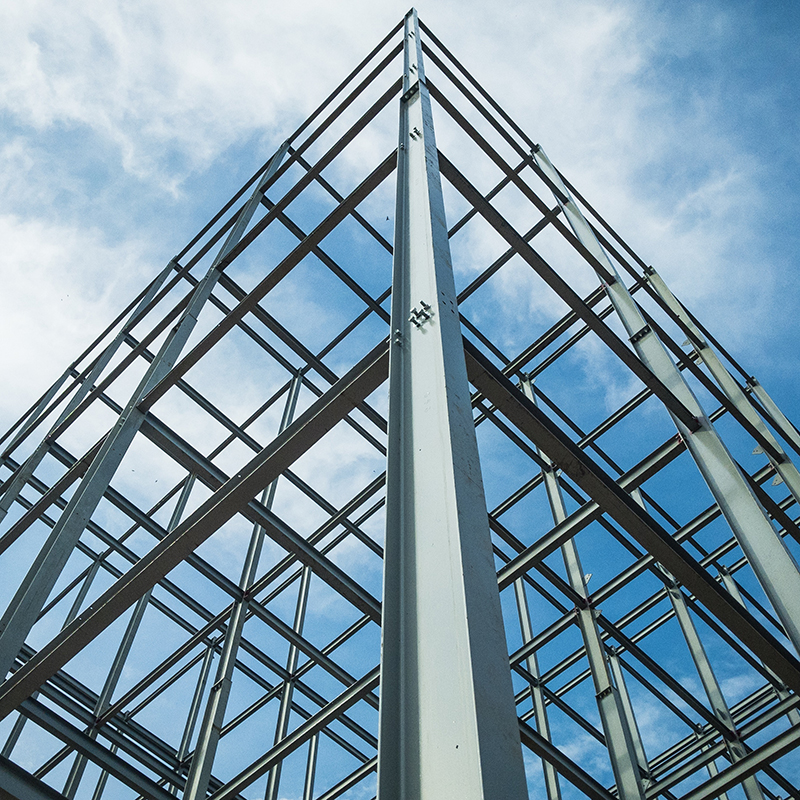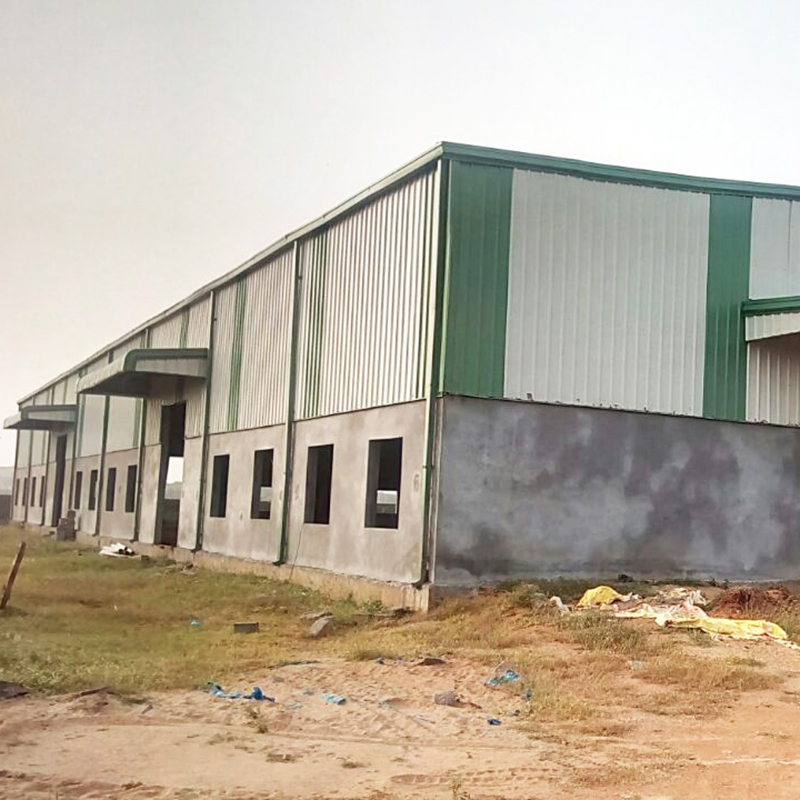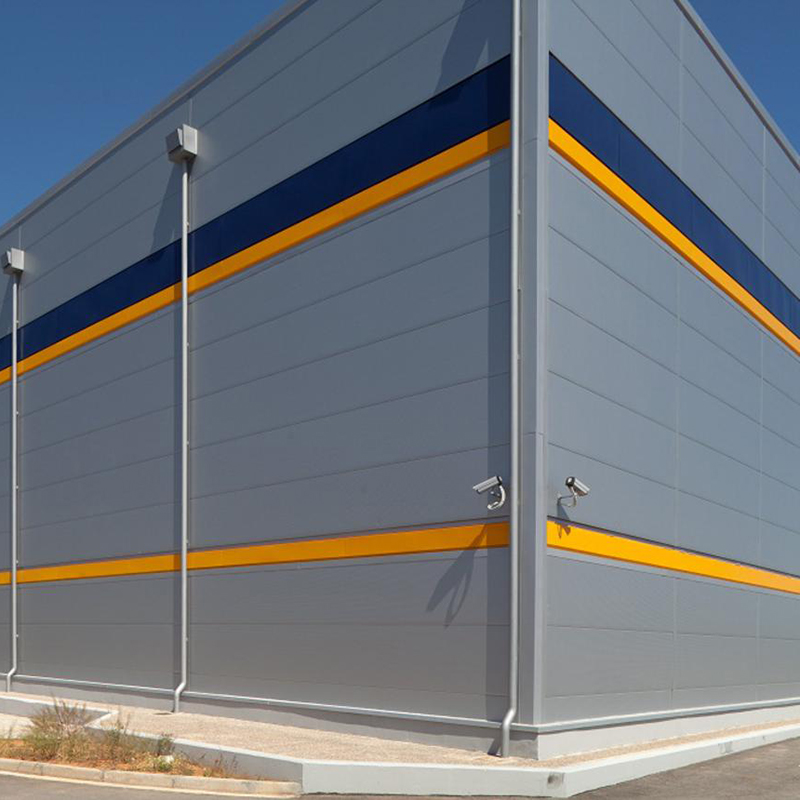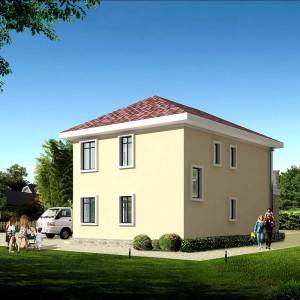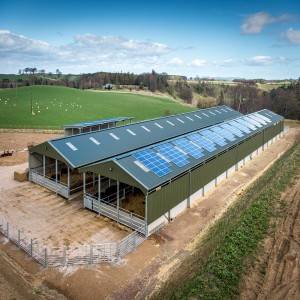Low Cost Fast Assemble Steel Fabrication Projects
Characteristics of steel structure
1. High material strength and light weight
Steel has high strength and high modulus of elasticity. Compared with concrete and wood, the ratio of density to yield strength is relatively low, so under the same stress conditions, the steel structure has a small cross-section, light weight, easy transportation and installation, suitable for large spans, high heights, and heavy loads Structure.
2. The steel has good toughness, good plasticity, uniform material and high structural reliability
Suitable for withstanding impact and dynamic loads, with good seismic performance. The internal structure of the steel is uniform, close to an isotropic homogeneous body. The actual performance of the steel structure is more in line with the calculation theory. Therefore, the reliability of the steel structure is high.
3. High degree of mechanization in the manufacture and installation of steel structures
Steel structural members are easy to manufacture in factories and assemble on site. The mechanized manufacturing of steel structural members in the factory has high precision, high production efficiency, fast assembly on site, and short construction period. Steel structure is the most industrialized structure.
4. The steel structure has good sealing performance
Because the welded structure can be completely sealed, it can be made into a high-pressure container with good air tightness and good water tightness, a large oil sump, a pressure pipe, etc.
5. Low carbon, energy saving, green and environmental protection, reusable
The demolition of steel structures will hardly produce construction waste, and the steel can be recycled.
Disadvantages of steel structure
1. The steel structure is heat-resistant but not fire-resistant
The most fatal weakness of the steel structure is that the fire resistance of the steel is very poor. The internal crystal structure of the steel is very sensitive to temperature. The increase or decrease of the temperature will change the performance of the steel. The steel structure usually loses its load at 450 ℃ ~ 650 ℃ Ability, a large deformation occurred, resulting in bending of the steel column and steel beam, and as a result the deformation was too large to continue to use.
From the relationship between the mechanical properties of steel and temperature, the general trend is that as the temperature increases, the strength of the steel decreases and the deformation increases. Within 200 ℃, the properties of the steel have not changed much; the strength drops sharply between 430 ℃ ~ 540 ℃; the strength is very low at 600 ℃ can not bear the load, in addition there is blue brittle phenomenon near 250 ℃, about 260 ℃ ~ 320 ℃ There is creep.
Attachment: Blue brittleness refers to the fact that the temperature is around 250℃, the tensile strength is locally improved, the yield strength is increased, the strength is increased and the plasticity is reduced, and the material becomes brittle. Creep phenomenon refers to the phenomenon that the steel continues to deform at a very slow rate in the range of 260 ℃ ~ 320 ℃, under the condition of constant stress. Combined with the performance of the material without major changes within 200 ℃, the radiation temperature on the structure surface should not exceed 200 ℃. At present, the steel structure industry stipulates that this temperature should be 150 ℃. If it exceeds this temperature, fire and heat protection should be adopted.
2. Poor corrosion resistance of steel structure
Especially in the environment of moist and corrosive media, it is easy to rust. The general steel structure should be derusted, galvanized or painted, and should be regularly maintained. For offshore platform structures in seawater, special measures such as “zinc block anode protection” are required to prevent corrosion.
Difference from concrete structure
The concrete structure is mainly made of concrete, including plain concrete structure, reinforced concrete structure and prestressed concrete structure.
Features: 1 Compared with other materials, the advantages of concrete structure are embodied in the following aspects: good integrity, can be poured into a whole; good moldability, can be poured into a variety of shapes and sizes of structure ; Good durability and fire resistance; low project cost and maintenance costs.
2 The main disadvantage is that the tensile strength of concrete is low, and reinforced concrete floors are partly used. Cracks are easy to occur; the structure’s own weight is larger than that of steel and wood structures; outdoor construction is limited by climate and seasons; new and old concrete are not easy to connect, which increases the difficulty of reinforcement and repair. The shortcomings of the concrete structure are embodied in the following aspects: In addition, the construction process of the concrete structure is complicated, the cycle is large, and it is greatly affected by the season and the climate. In case of damage, repair is more difficult. The thermal insulation and sound insulation performance of concrete is also poor.






